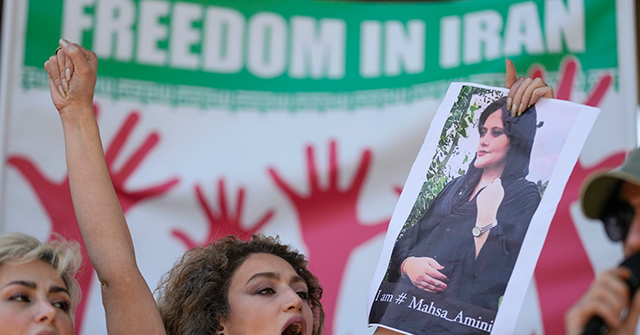The current state of the Iranian regime is marked by a growing realization among influential officials and business leaders that the radicalism of the past has led to a series of defeats in the region. As reported by the UK Telegraph, there appears to be a shift in perspective within the Iranian establishment, prompting discussions about transitioning to a foreign policy that is less confrontational yet still maintains an Islamic framework. This sentiment is articulated by Arash Azizi, an Iranian historian, who suggests that a significant portion of the leadership recognizes the futility of a revolutionary Islamist approach that focuses on opposing America and could be seeking a fundamental shift toward a model akin to that of Turkey or India, prioritizing national interests.
Ordinary citizens in Iran have expressed discontent with the regime’s policies, particularly in light of recent geopolitical developments. With the fall of Syrian President Bashar al-Assad, some Iranians have voiced hopes for a similarly swift ousting of the Ayatollah. The Iranian regime’s history of violently suppressing any movements for political reform since the 1979 revolution has led to widespread frustration among the populace. Furthermore, the regime’s heavy investments in warfare, particularly in supporting Assad and surrounding Israel with proxy militant groups, have resulted in a perception of weakness and ineffectiveness in achieving its goals.
The impending inauguration of President-elect Donald Trump, who has promised to reinstate sanctions against Iran that would severely impact its access to international oil markets, adds urgency to this situation. As the regime’s actions continue to provoke backlash and resentment, the Iranian leadership may find itself in a precarious position where exploring alternative strategies becomes essential to avoid total collapse. This could present an opportunity for a recalibration of policies that might foster a more favorable international environment.
Interestingly, the Iranian populace is characterized as one of the most pro-American groups in the Middle East, with citizens potentially seeking avenues for cooperation and prosperity with the West. Should the Iranian regime shift its focus away from enmity toward Israel and the United States, there could be significant opportunities for economic collaboration and social growth. The alignment of interests could lead to more productive relationships between the Iranian people and Western powers, emphasizing shared goals instead of adversarial posturing.
While the prospect of reform appears on the horizon, it remains to be seen whether significant changes within the Iranian establishment will materialize into concrete actions. The desire for a more pragmatic approach may still clash with the deeply entrenched ideological roots of the current regime, making any transition fraught with challenges. However, the recognition of past failures and evolving domestic sentiments signal potential shifts that could reshape Iran’s foreign and domestic policies.
In conclusion, the Iranian establishment is grappling with the consequences of its historical approach, leading to discussions about a less confrontational, more interest-driven policy framework. As they confront both internal discontent and the pressures of international sanctions, a reevaluation of their strategies may be necessary. For ordinary Iranians, the hope for change aligns with a longing for improved relations with the West, suggesting that the seeds for transformation may already be sown within the fabric of Iranian society.

